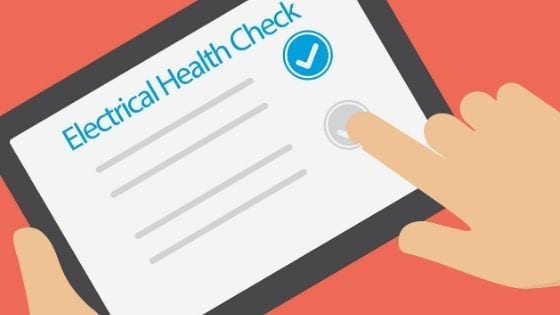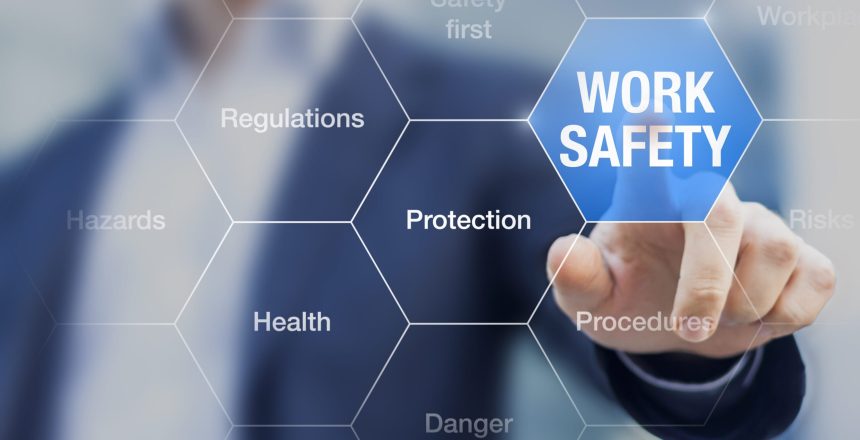Principal Consultant, Paul Hopton, answers below.
What is an Electrical Safety Management System (ESMS)?
An ESMS describes the arrangements that are in place to ensure the safe operation of an electrical system throughout its lifecycle. The aim of the ESMS is to provide guidance on how individuals and their organisation can manage the risks associated with an electrical system and other associated systems.
Typically the ESMS is a suite of documents that describe the management of different aspects of your electrical system and it’s operation.
What is the scope of a typical ESMS?
The scope covers activities carried out on electrical plant and equipment (including electrical distribution systems) at specified voltage levels and is normally mandatory across all sites operated by the Organisation that owns the electrical system/s. It may also include some aspects of electrical safety management that are considered key to the safe operation of the facilities.
Typical subjects that may be included in the ESMS are:
- Ageing and obsolescence
- Arc Flash Risk Management
- Authorisation of electrical personnel
- Capacitor Banks – Management of the risks associated with Capacitor Banks
- Cathodic protection (BS EN 13636:2004/BS EN ISO 15257:2017)
- Compliance with Low Voltage Wiring Regulations or equivalent (BS 7671:2018)
- Control of excavations and associated risks
- Design of Electrical installations – HV (BS EN 61936-1:2010)
- Design of Electrical installations – LV (BS 7671:2018 or equivalent)
- Design of Electrical power system earthing
- Design of Electrical power system earthing (BS EN 50522:2010/BS 7430:2011)
- Detection of flammable gases and oxygen (BS EN 60079-29-2:2015)
- Detection of toxic gases and vapours (BS EN 45544-2:2015)
- Earthing systems design and maintenance
- Electric Shock Risk Management
- Electrical Competency Management System
- Electrical Maintenance High Voltage & Low Voltage
- Electrical Safety Accident/Incident Investigation and Root Cause Analysis
- Electrical Safety Rules (ESR) including live working/working in proximity to live parts
- Electronic device parameter records and offsite backup? (Relays; PLCs, VSD etc)
- Emergency lighting systems
- Explosive Atmospheres (DSEAR/ATEX)
- Fire systems
- Hazards due to static electricity (PD CLC/TR 60079-32-1:2018)
- Ignition of flammable atmospheres by radio frequency radiation (PD CLC/TR 50427:2004)
- Instructions for the management of risk from equipment of unknown integrity
- Instructions for the management of risk from unused/obsolete cables
- Isolation and Immobilisation
- Machinery Safety
- Management of Portable Electrical Apparatus
- Management of risk during fault finding
- Protection against lightning (BS EN 62305-2:2012)
- Rules for the management of cartridge tools e.g. cable spiking gun; Hilti etc.
- Safety Instrumented Systems
- Short circuit, load flows and protection co-ordination studies
How do I know if my ESMS is fit for purpose?
There is guidance available that covers some aspects of the subjects listed above. BS EN 50110 covers the operation of electrical installations. The Institution of Engineering Technology has produced a Code of Practice for Electrical Safety Management. Then there are the many British, European and International Standards that cover the topics above.
You may not feel comfortable with producing a new ESMS or amending an existing ESMS.
A good starting point is to take advantage of Electrical Safety UK’s free Electrical Health Check. This is a free audit that is carried out by video conference, where we assess your ESMS and determine if it meets your needs and the requirements of current legislation. Check out our website for more information, and find out how to enquire about taking advantage of this free offer:
https://elecsafety.co.uk/electrical-safety-management/free-electrical-health-check/

Companies we have helped
We have helped many Companies improve and update their ESMS, some examples are:
- BT Openreach
- Cumbria County Council
- Dow Chemicals
- Keysight Technologies
- Leeds Beckett University – https://elecsafety.co.uk/case-study/leeds-beckett-university/
- Mars – https://elecsafety.co.uk/case-study/mars-uk/
- Merck – https://elecsafety.co.uk/merck-chose-electrical-safety-uk-for-new-global-safety-standard/
- Northumbrian Water
- Ultra Electronics – https://elecsafety.co.uk/case-study/ultra-electronics/
Contact us to find out more
More news & views
Electrical Safety news

Standards for Electrical Test Instruments and Test Leads
Test instruments and test leads are a temporary connection to electrical systems, often live at the time, for the purpose of making measurements.
Electrical Safety news

BS 7671 2022 Updates – Changes To The Wiring Regulations
The second amendment to the 18th Edition IET Wiring Regulations are out, and all of the IET Guidance Notes have been updated accordingly. Electricians and engineers have had time to digest every minute detail and discuss the implications at length.
Electrical Safety news

Electrical Safety Management System – Electrical Safety Policy
One question we are often asked is, what should an ESMS contain? has prompted me to write a series of articles looking at the different aspects of this vital policy document ESMS. Here is the first article in that series

